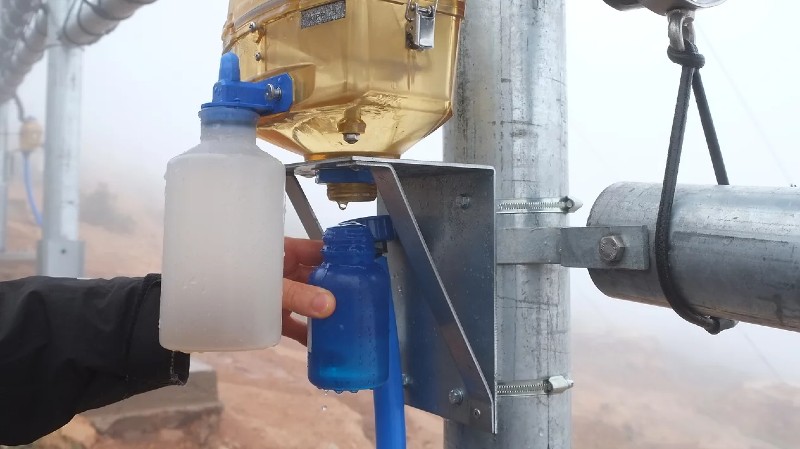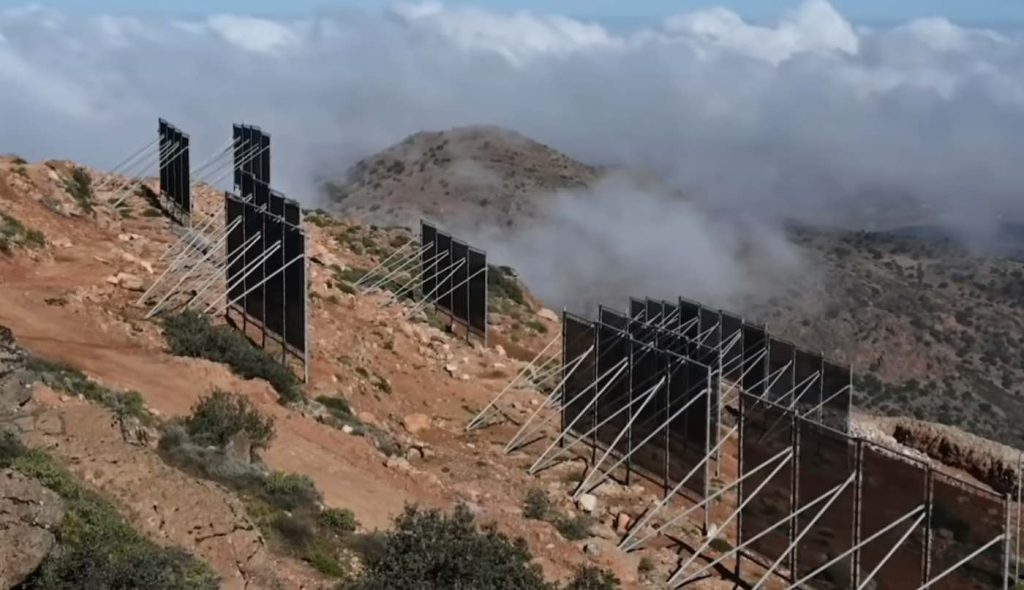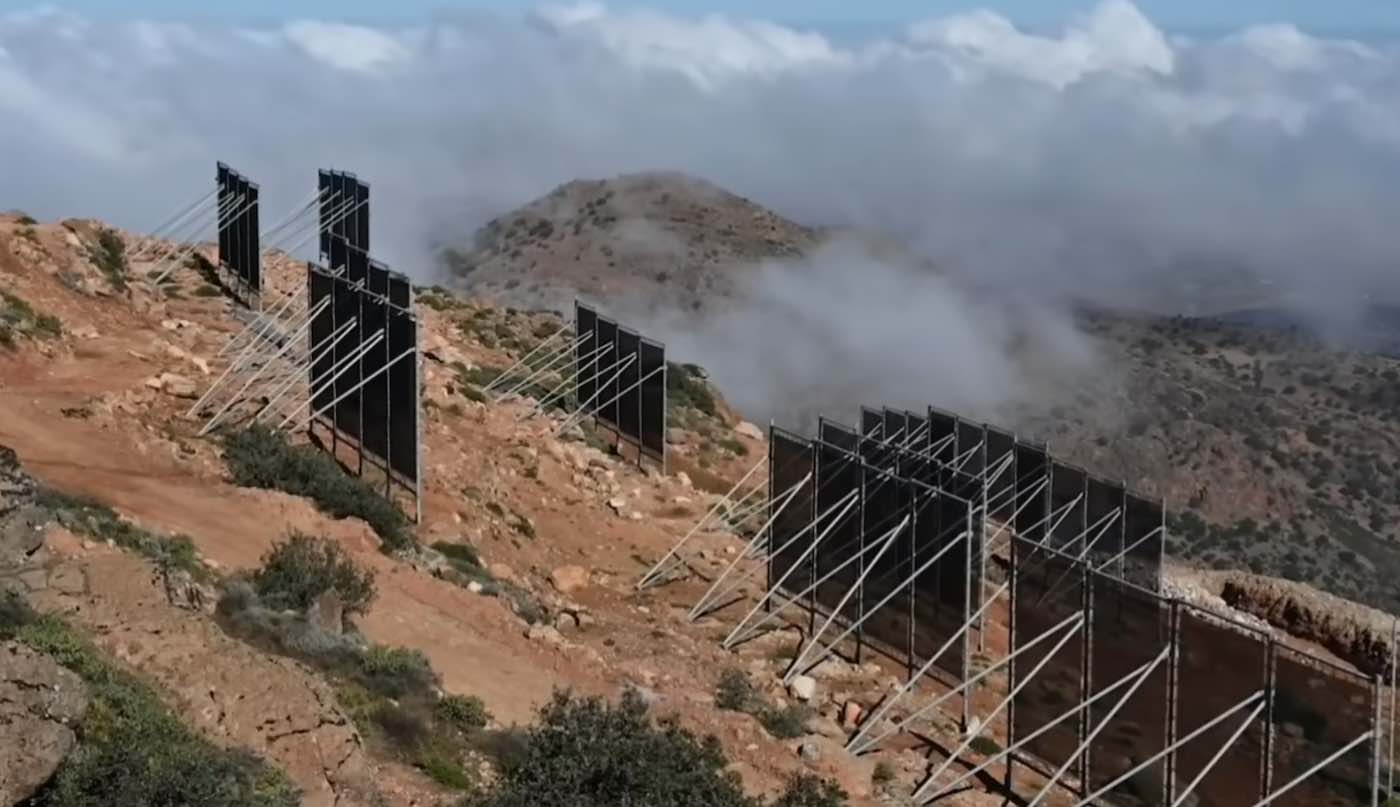
During the Moroccan desert summertime drought, fog nets are being used to provide drinking water to hundreds of thousands of people in remote mountain villages.
Now villagers can irrigate agricultural fields, turning desertified land back into green gardens, all thanks to mathematician and businessman Aissa Derhem.
Derhem lived in Canada while studying for a Ph.D. in mathematics during the 1980s. It was there he learned about how in the driest place on Earth—the Atacama Desert in Chile, where it has officially never rained—the inhabitants use fog nets to catch what little moisture does enter the landscape.
The fog net is a multilayered mesh designed to attract and accumulate the water particles in places where ocean-born fog is common, but rain is not. Derhem began to wonder if the same idea couldn’t help address the myriad of water-related issues in his birthplace on the slopes of Mount Boutmezguida, in southwestern Morocco’s Lesser-Atlas range.
The population there is largely made up of Berber communities, especially women, children and elderly people; the men are often absent for months at a time, looking for work in the towns. In recent years, the region has been increasingly threatened by drought; the desert has spread, and the water table is steadily sinking.
MORE: Cheap Gel Packs Can Pull Many Liters of Water From Even Desert Air
There, however, compared to the Atacama, winds regularly top 70 miles per hour, and then-existing fog net designs couldn’t cope. Behind the wheel of his Moroccan NGO Dar Si Hmad, Derhem partnered with a German water charity known as Wasserstiftung, who helped create the innovative technology known as Aqualonis, formally known as CloudFisher, to catch drinking water and withstand much higher wind speeds than previous versions.

When stakeholders were developing the fog catchers in Chile’s Atacama, the funding they received from the Australian embassy allowed them to build six of these fog nets. Across an area of around 2,600 square feet, they used nearly a mile of tubing and a fiber glass container to capture more than 1,000 liters of water daily.
At over ten-thousand square feet of installed capacity, Dehrem’s is the largest fog collection site on Earth, and around 1,600 inhabitants in this remote region will each have a water supply of 18 liters per day, exclusively from the fog collection nets.
It’s just another example of modern innovations coming from the Global South.
The drought-affected state of California, which has already borrowed water-saving strategies from India, could utilize these nets along the coastlines of San Francisco, Oakland, Point Reyes, Monterrey, and Santa Barbara.
RELATED: Turning Seawater Into Drinking Water – With the Push of a Button
Mount Boutmezguida is remote, and dry, and the fog nets could provide three-times as much water if placed closer to the coast at a lower elevation. As with everything in economics, one of the clearest indicators for entrepreneurs is watching how people vote with their feet.
Families are returning to the villages on the mountains from which they were born, the ultimate proof of Derhem’s success.
(WATCH the video for this story below.)
SHARE This Story With Others Who Love Hopeful Innovations…





















The things humanity can accomplish, for the benefit of all, when we work together.
Thanks I enjoyed this.